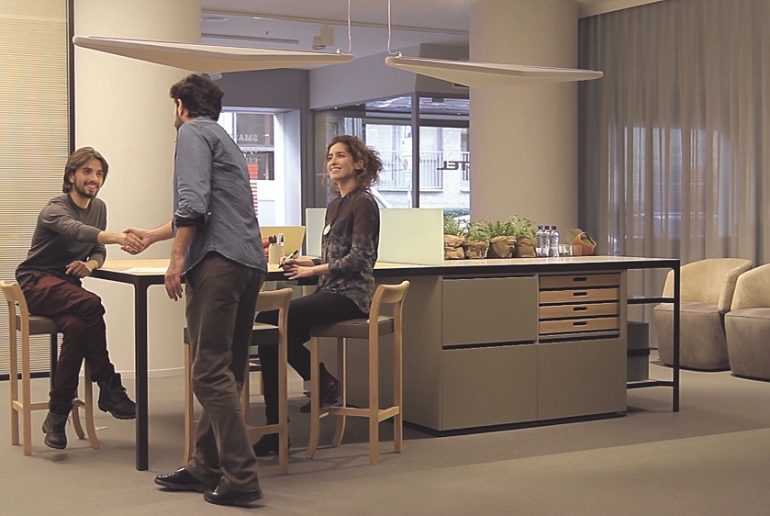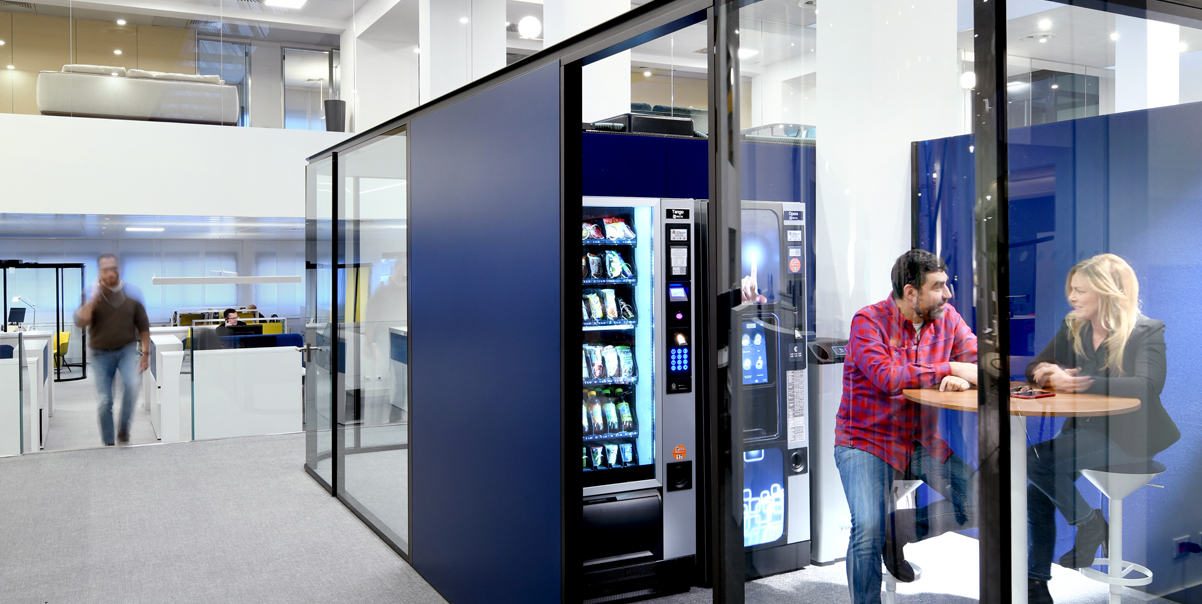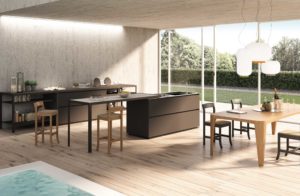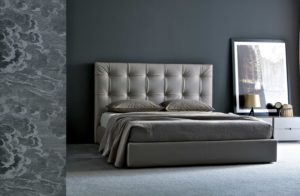How to foster your productivity at work? Just take a break!

The work is symphony. And that is not just a silly payoff. Let’s take breaks, for example. They are essential elements, in the music and in the workplace too. Breaks must be part of the rhythmic dynamic of our days, which are often long and full of commitments. It is, in fact, a moment in which we stop and then start again with more enthusiasm. They increase workers well-being, mood and productivity. And the layout of the office can also help recharge the batteries in the best possible way, through comfort, relaxation and sociality.
Slow down and be productive
The pandemic, as already highlighted, has changed and is changing the physiognomy and identity of the offices. An important chapter concerns the meetings: those in presence are reduced to the bone, almost disappeared. On the other hand, it is a flourishing of online meetings. There are many and often one behind the other. Sometimes it becomes impossible to take a break between one and the other even to drink a glass of water, stretch or simply clear your head. And all this has a weight and a cost. As evidenced by a recent Microsoft study:
● the continuous series of meetings contribute to reduce the ability to concentrate and the involvement of people;
● the transition from one meeting to another can be a source of stress;
● pauses allow the brain to “reset”, reducing the risk of excessive tension build-up and improving performance.
In this sense, Microsoft has released a new Outlook update. This allows automatic scheduling of short breaks between two meetings for employees.
The Importance of Pauses in Process Work
Virtual meetings have accentuated everything, but the theme of breaks has been felt for years in the workplace. After all, they are closely related to productivity. This does not depend on how much time you dedicate to an activity or you are in front of the PC screen. Rather from the quality of concentrated work. In this sense, breaks allow you to act on quality. Also, remember, when working from home.
It is good, therefore, to shore up one’s working days with healthy interruptions. How many breaks do you have to take and how long should they last? There is no exact formula: everyone can find “his” recipe.
● According to DeskTime, creator of the time tracking software of the same name, the most effective working method is 52:17. That is, alternating 52 minutes of work and 17 of rest.
● The tomato technique, conceived as early as the 1980s, involves 25 minutes of uninterrupted work and a 5-minute break. After 4 repetitions (therefore 2 hours), it is advisable to take a longer break of 20/30 minutes.
In any case, the experts point out, it is important to “experience” the break in the true sense of the term. In short, like a moment of detachment. Stopping 5 minutes and spending them thinking about what could have been done and what will be done next is useless and counterproductive.
DISCOVER OUR
COMFORT&RELAX
COLLECTION
Short pauses, best profits
The value of the pause seems to be unrelated to its duration. This is confirmed by a recent research from North Carolina State University, based on two studies conducted in the US and South Korea. Micro interruptions help employees recover from morning fatigue and engage better in their work throughout the day. Short breaks, intended as voluntary breaks, include activities such as having a snack, stretching, or solving a crossword puzzle.
Researchers point out that a 5-minute break can be golden, if taken at the right time. And it is also in the company’s interest to give its employees autonomy in terms of taking micro interruptions, when necessary. Numbers in hand, in fact, it is a winning strategy. Help employees manage their energy effectively and get busy at work throughout the day.
Italian Smart Office: bringing the home comfort to workplaces
Right mentality, technological tools and a pinch of common sense: these are the ingredients for the “perfect” break. But there is more. Strategic workplace planning and the choice of furnishings are also important elements. Ergonomics, sit & stands and relaxation areas increasingly contaminate executive spaces, designing a flexible and user-friendly space, on the side of the worker.
This is the philosophy behind the Italian Smart Office: a complete range of products for modern work environments that naturally facilitates and encourages breaks. This is thanks to a contamination between home and office furniture. This is the case, for example, of Coffice: a collection of hybrid furniture designed to improve communication and collaboration even during lunch and coffee breaks. There are also sofas, armchairs, poufs, stools and tables for a regenerating break in order to improve comfort and relaxation.




